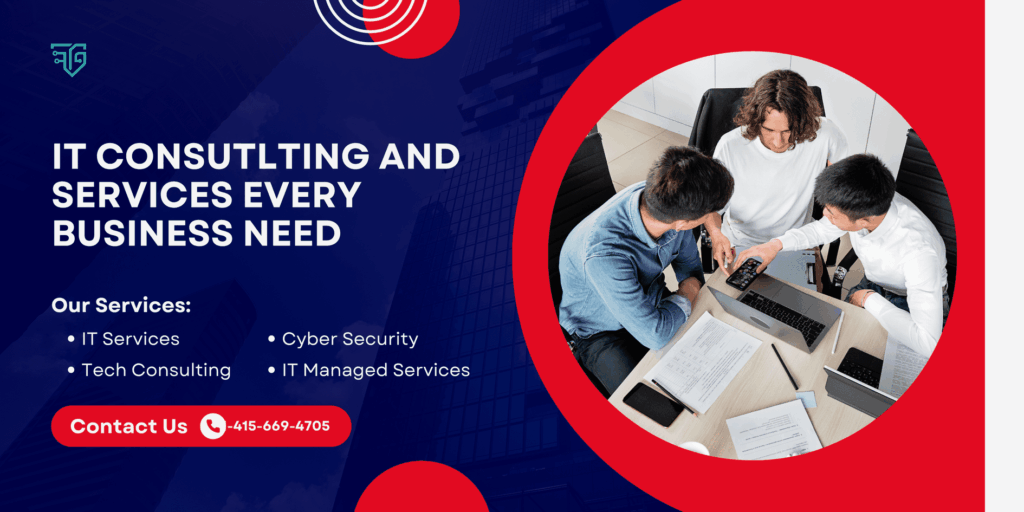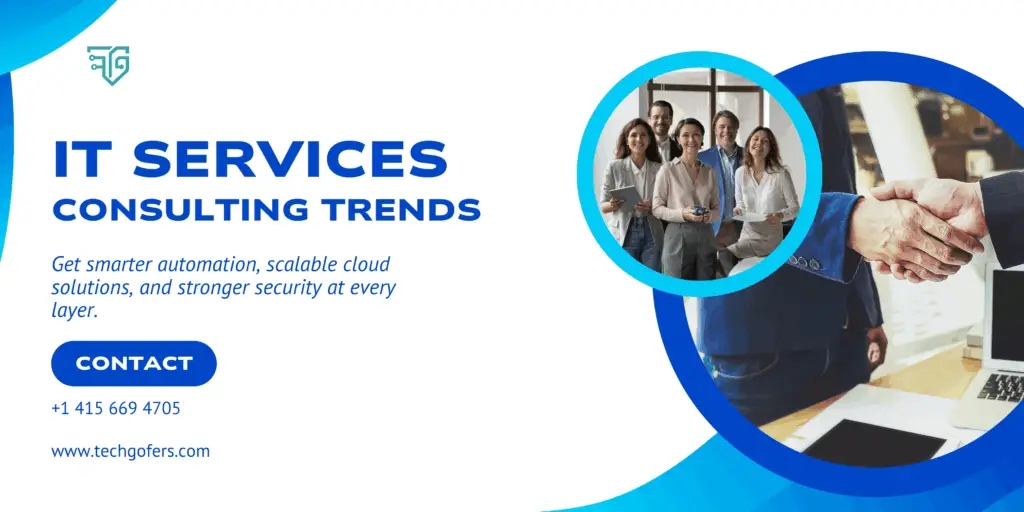Last week, I watched Sarah, a product manager at a tech startup, tackle what used to be a three-hour research task in just 20 minutes.
“I used to spend my mornings drowning in browser tabs,” she told me, adjusting her second monitor where ChatGPT was running alongside her traditional search engine. “Now, it’s like having a research assistant who already knows what I’m looking for.”
Here’s the thing: we’re witnessing a fundamental shift in how we access and process information, and it’s happening faster than anyone predicted. According to recent data from McKinsey, companies implementing GenAI for information discovery are seeing productivity gains of 30-40% in research-intensive roles. But what does this really mean for you and me?

The Traditional Search Paradigm is Dead
Remember the days of typing keywords into Google and clicking through pages of results? That’s becoming as outdated as dial-up internet. Major tech companies are reporting that nearly 35% of enterprise information searches now involve some form of generative AI, with that number expected to hit 60% by early 2026.
Take Microsoft’s implementation of Copilot across their enterprise suite. When Raj Kumar, CTO of a mid-sized insurance firm, integrated it into their workflow, something unexpected happened. “Our analysts went from spending 45% of their time gathering information to just 15%,” he explains. “But here’s what really surprised us – the quality of their insights improved dramatically because they could focus on analysis rather than search.”
"Just compared our team's research workflow from 2023 vs now. GenAI cut our info-gathering time by 62% while actually improving accuracy. But here's what nobody talks about: our analysts are asking deeper questions because they're not exhausted from data mining. This is the real AI revolution. 🧠 #GenAI #FutureOfWork"
The New Information Landscape
Let’s face it – the way we’re finding information today is radically different from even a year ago. Here’s what’s actually happening on the ground:
Real-time Synthesis: Instead of collecting information from multiple sources and manually synthesizing it, GenAI tools are doing this in real-time. At my own company, we’ve cut report compilation time by 65% using AI-powered research tools.
Contextual Understanding: The days of exact keyword matching are over. These systems understand context and nuance in a way that’s eerily human. When I asked our AI system about “cloud cost optimization” recently, it didn’t just give me pricing data – it provided insights about negotiation strategies with vendors, something that would have taken hours to piece together manually.
Interactive Refinement: Rather than the static search-and-scroll model, we’re now having dynamic conversations with our search tools. Think of it as the difference between using a map and having a local guide – one gives you directions, the other helps you discover what you didn’t even know to ask for.
The Enterprise Impact
The transformation is particularly striking in enterprise environments. According to recent industry data, organizations implementing GenAI for information discovery are seeing:
- 40% reduction in research time across departments
- 50% improvement in information accuracy when compared to traditional search methods
- 70% increase in employee satisfaction with information access tools
But here’s what’s really interesting: companies that successfully deploy these tools are simultaneously investing heavily in data security. Just last month, Accenture reported that 78% of Fortune 500 companies are increasing their cybersecurity budgets specifically to support safe AI implementation.
The Human Element Remains Critical
Despite all this automation, the human element remains crucial. As Maya Patel, Head of Research at a leading consulting firm, puts it: “GenAI isn’t replacing human insight – it’s amplifying it. We’re asking better questions because we can explore ideas more deeply and quickly than ever before.”
What This Means for You
If you’re wondering how to navigate this shift, here’s what I’ve learned from implementing these systems:
- Start with Clear Intent: The better you frame your questions, the more valuable the AI’s responses become. I’ve found that spending an extra minute crafting my query saves ten minutes of filtering through responses.
- Verify Critical Information: While GenAI is incredibly powerful, it’s essential to verify key data points, especially for business-critical decisions. Think of it as a brilliant research assistant who occasionally needs fact-checking.
- Embrace the Learning Curve: The first few weeks of using these tools can feel strange. That’s normal. Give yourself time to develop new research habits.
Looking Ahead
As we move forward, the integration of GenAI into our information-seeking behavior will only deepen. Companies like Google, Microsoft, and Amazon are investing billions in making these tools more intuitive and powerful. But remember, they’re tools to augment human intelligence, not replace it.
In my conversations with tech leaders across industries, one thing becomes clear: we’re just scratching the surface of what’s possible. The real revolution isn’t just in finding information faster – it’s in discovering insights we didn’t even know we were looking for.




Your article helped me a lot, is there any more related content? Thanks! https://www.binance.info/en-IN/register?ref=UM6SMJM3